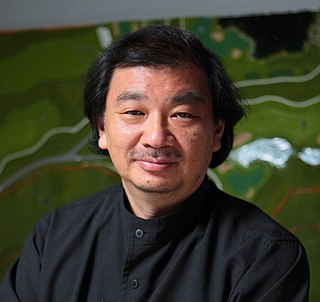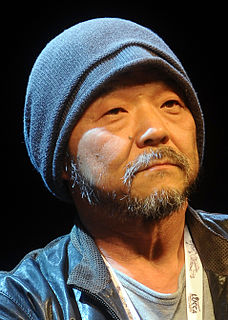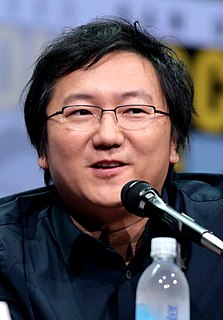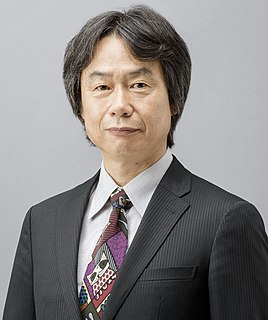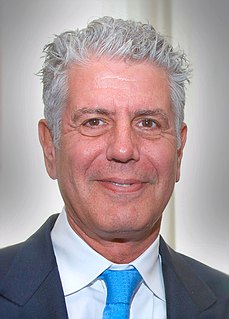Ein Zitat von Tadao Ando
Wenn man sich die traditionelle japanische Architektur anschaut, muss man sich auch mit der japanischen Kultur und ihrer Beziehung zur Natur befassen. Sie können tatsächlich in einem harmonischen, engen Kontakt mit der Natur leben – das ist einzigartig in Japan.
Verwandte Zitate
Wenn Sie „Spirited Away“ gesehen haben, ist „Spirited Away“ in einer sehr, sehr japanischen Sensibilität angesiedelt. Und wenn Sen, die Hauptfigur, auf dieses große Gebäude mit einer Flagge und japanischen Schriftzeichen darauf zuginge, wüsste für das japanische Publikum jeder in Japan, was das ist.
Ich reise viel. Die japanische Kultur ist sehr alt und sehr stark. Aus diesem Grund erwarten die meisten Menschen, die japanische Architekten mit Arbeiten beauftragen, von ihnen, dass sie Werke schaffen, die einen Hauch von Exotik aufweisen, wie er für die japanische Kultur typisch ist. Das mache ich nicht.
Nach dem Zweiten Weltkrieg wurden große Fortschritte in der modernen japanischen Architektur gemacht, nicht nur in Bezug auf fortschrittliche Technologie, die erdbebensichere Hochhäuser ermöglichte, sondern auch durch die Ausprägung und Durchdringung der Merkmale der traditionellen japanischen Architektur in modernen Gebäuden.
Neben der japanischen Animation hat auch die Technologie einen großen Einfluss auf die japanische Gesellschaft und auch auf japanische Romane. Das liegt daran, dass die Menschen früher eher dachten, Ideologie oder Religion seien die Dinge, die Menschen tatsächlich veränderten, aber es ist bewiesen, dass das nicht der Fall ist. Technologie ist erwiesenermaßen das, was Menschen tatsächlich verändert. In diesem Sinne ist es zu einem Thema in der japanischen Kultur geworden.
Eine sehr unterhaltsame Meditation über die seltsame Sache namens „Zen“ – nicht die japanische religiöse Tradition, sondern eher das westliche Zen-Klischee, das in Werbung, Selbsthilfebüchern und vielem mehr vertreten ist. . . . Yamada, der sowohl Buddhismus als auch Bogenschießen studiert, bietet erfrischende Einblicke in westliche Stereotypen über Japan und die japanische Kultur und wie diese in Japan aufgenommen werden.
Ich habe kürzlich einen Artikel über Comics in der Architektur geschrieben – ich habe über die drei Arten von Comics gesprochen, die mir am Herzen liegen: den französisch-belgischen, den japanischen Manga und die amerikanischen Comics. Ich fing an, über die Beziehung zwischen japanischem Manga und japanischer Architektur nachzudenken, oder über die Beziehung zwischen französisch-belgischem Bande Dessinée und französisch-belgischer Architektur. Es begann einen Sinn zu ergeben; Es gibt Parallelen zu den Arbeitsweisen und den Kulturen, denen sie angehören. Wenn ich mich nicht zum Schreiben zwingen würde, hätte ich kein Forum, um diese Gedanken zu klären. Schreiben ist wirklich hilfreich.
Man könnte sagen, mein Ziel ist es, „den Ort wiederherzustellen“. Der Ort ist ein Ergebnis von Natur und Zeit; Das ist der wichtigste Aspekt. Ich denke, meine Architektur ist eine Art Rahmen der Natur. Damit können wir die Natur tiefer und inniger erleben. Transparenz ist ein Merkmal der japanischen Architektur; Ich versuche, leichte und natürliche Materialien zu verwenden, um eine neue Art von Transparenz zu erreichen.




